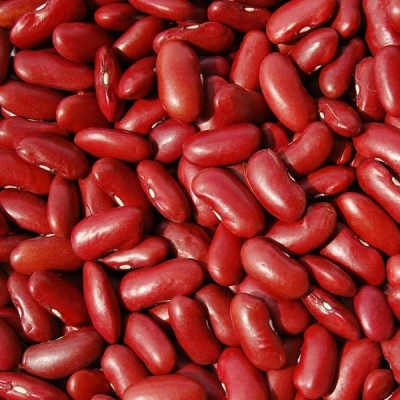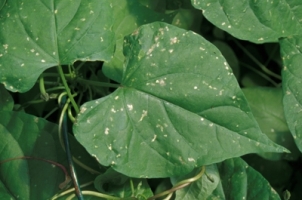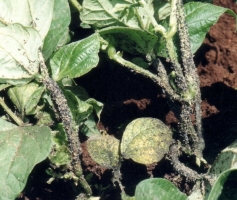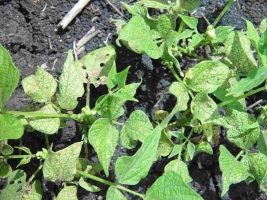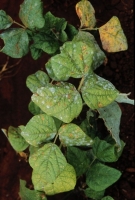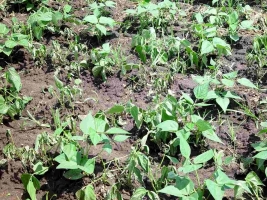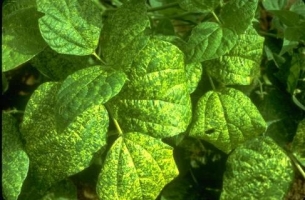General Information
Kidney beans is also known as the chilli bean because of its dark red color and the visually resemblance the shape of a kidney. Kidney beans are a good source of protein also it is excellent source of molybdenum. It contains good source of cholesterol-lowering fiber. Rajma is a popular dish from the North Indian cuisine made from red kidney beans. Maharashtra, Jammu and Kashmir, Himachal Pradesh, Uttarakhand, West Bengal, Uttar Pradesh, Tamil Nadu, Kerala and Karnataka are major kidney bean growing states in India.

